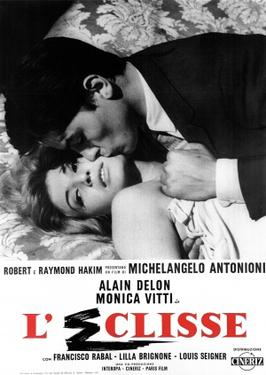 |
| Jessica Chastain and Oscar Isaac in A Most Violent Year |
Anna Morales: Jessica Chastain
Julian: Elyes Gabel
Andrew Walsh: Albert Brooks
D.A. Lawrence: David Oyelowo
Peter Forente: Alessandro Nivola
Director: J.C. Chandor
Screenplay: J.C. Chandor
Cinematography: Robert Levi, Bradford Young
In a movie that might have been called "Do the Most Right Thing," Oscar Isaac plays yet another ethically challenged protagonist. Abel Morales is not as cranky as Llewyn Davis or as politically savvy as Nick Wasicsko, the beleaguered Yonkers mayor of the 2015 HBO series Show Me a Hero, but he's another little guy who deserves better than the forces opposed to him will allow. He's no moral paragon: He couldn't have built a successful heating oil company in New York City without bending a few of the rules -- and without the help of his less-scrupulous wife, Anna. It's 1981, and Morales is on the brink of a big deal, purchasing property on the East River that will enable him to eliminate some of the middlemen in the business. But then everything starts going awry: His trucks are being hijacked and the district attorney has decided to make him a target in his exposé of corrupt practices in the heating oil business. It's a gritty urban tale, the kind that the movies haven't seen much of lately, demanding an audience that doesn't ask for a lot of glamour and knows how to wait patiently for things to unfold. As director and screenwriter, J.C. Chandor resists the temptation to reveal too much too swiftly, building a quiet tension as we begin to bring the story into focus. He also handles action well, as the title suggests, although much of the violence is latent. Best of all, he showcases some fine performances, not only from Isaac and Chastain and Oyelowo, but also from Albert Brooks as Morales's attorney, Elyes Gabel as one of the victimized truck drivers, and Alessandro Nivola as one of Morales's mobbed-up competitors. There are moments when the script's depiction of Morales's determination to go as straight as possible seems a little too much like forcing him into the good-guy role, and the climax is too melodramatic, but on the whole it's a solid movie.




_poster.jpg)


